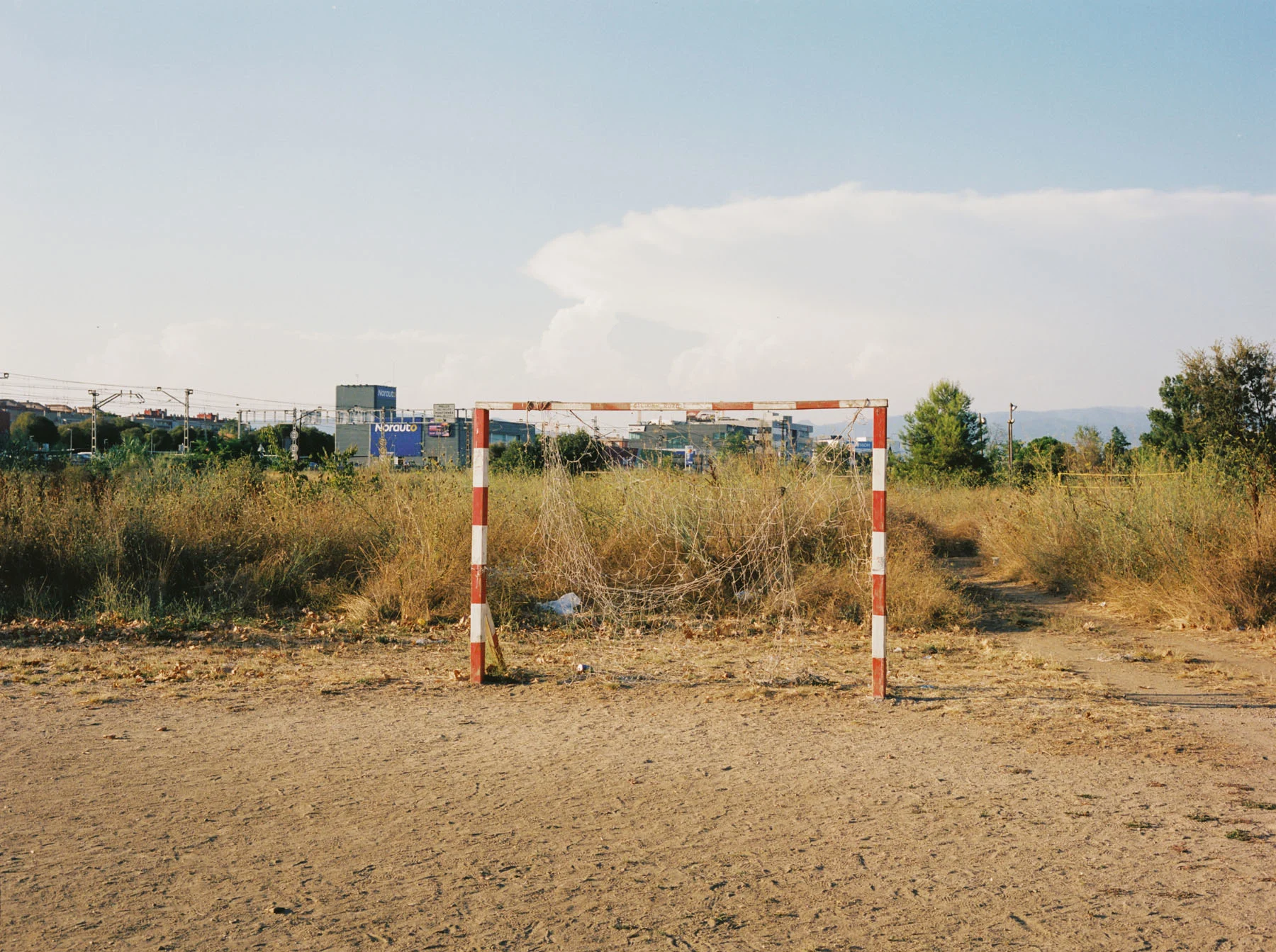

Ecuadorian photographer Vicente Manssur always felt more drawn to the world’s paths less traveled, to the small, lesser-seen, rarely-photographed towns and villages that fill the gaps between the major cities. He tells writer Bruno Bayley that having been inspired by his own hometown of Guayaquil—a place whose value and beauty “you only have to pay attention to see”—he set out to capture the parts of Catalonia that are normally only seen through train windows.
Nine years ago Vicente Manssur was working in marketing in his native Ecuador. Feeling unfulfilled and at a premature career “dead-end” he started traveling around the country, then to other parts of South America. “Those trips made me feel like I’d found something where I was personally rewarded,” he explains. “That was valuable to me... I wanted to document it all.” Manssur started photographing the journeys.
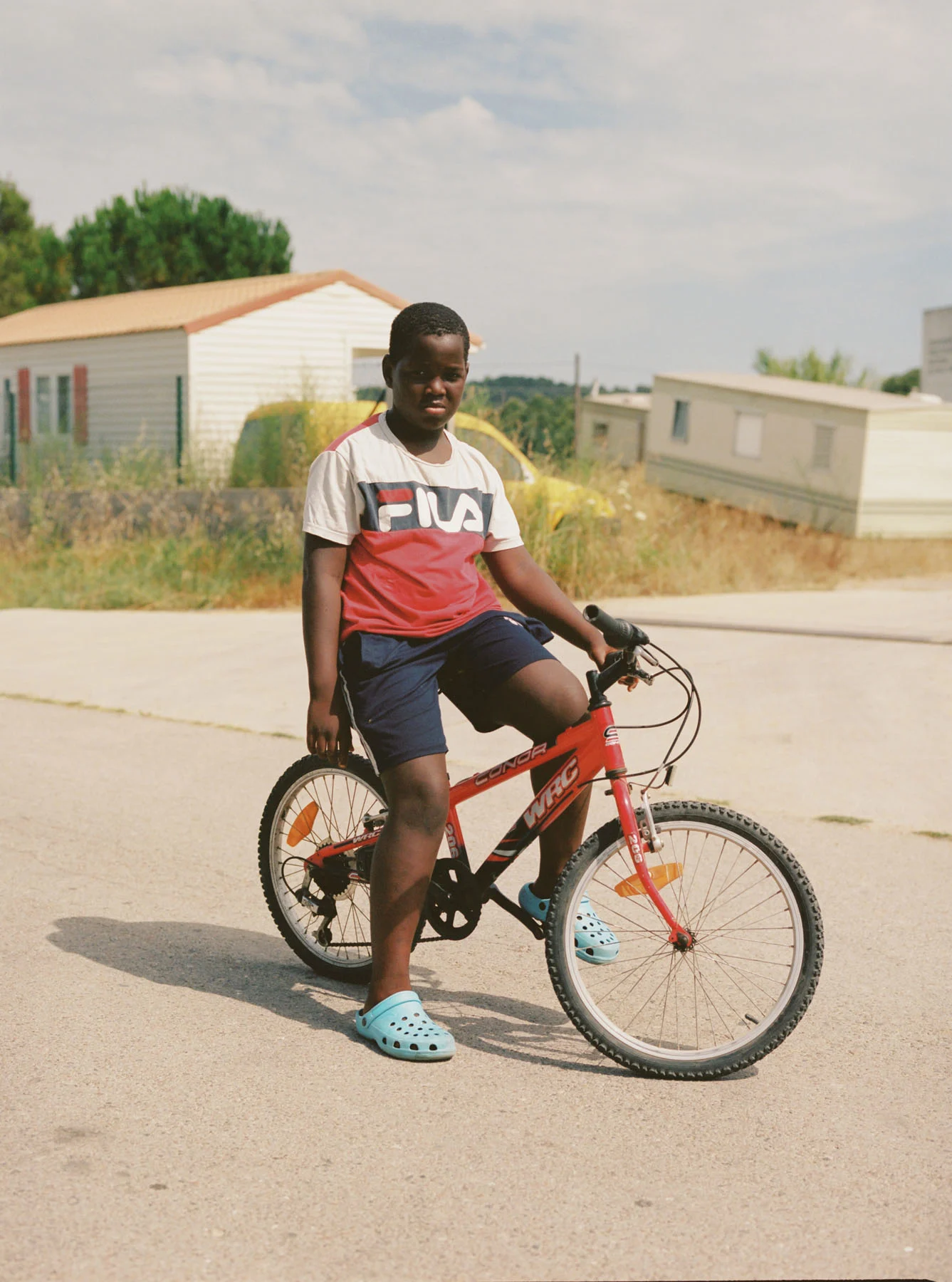
Initially drawn to taking photos of desolate landscapes and the night sky, street photography soon began to fascinate him. These relatable, humanistic, at times gritty images seemed more alluring and—perhaps most enticingly—harder to make than landscapes.
Come 2020, Manssur was in Barcelona, enrolled in a six-month photography course as the pandemic was unfolding. He had by that time extensively photographed the people and streets of his home city of Guayaquil, and other small towns in Ecuador and South America: “Places that were less perfect, but more chaotic, more colorful.” He found the Catalan capital hard to be excited by visually. “To me Barcelona was too perfect a city… It’s very nice, but too touristic. I wanted to be in contact with people and places that felt more authentic to me.”
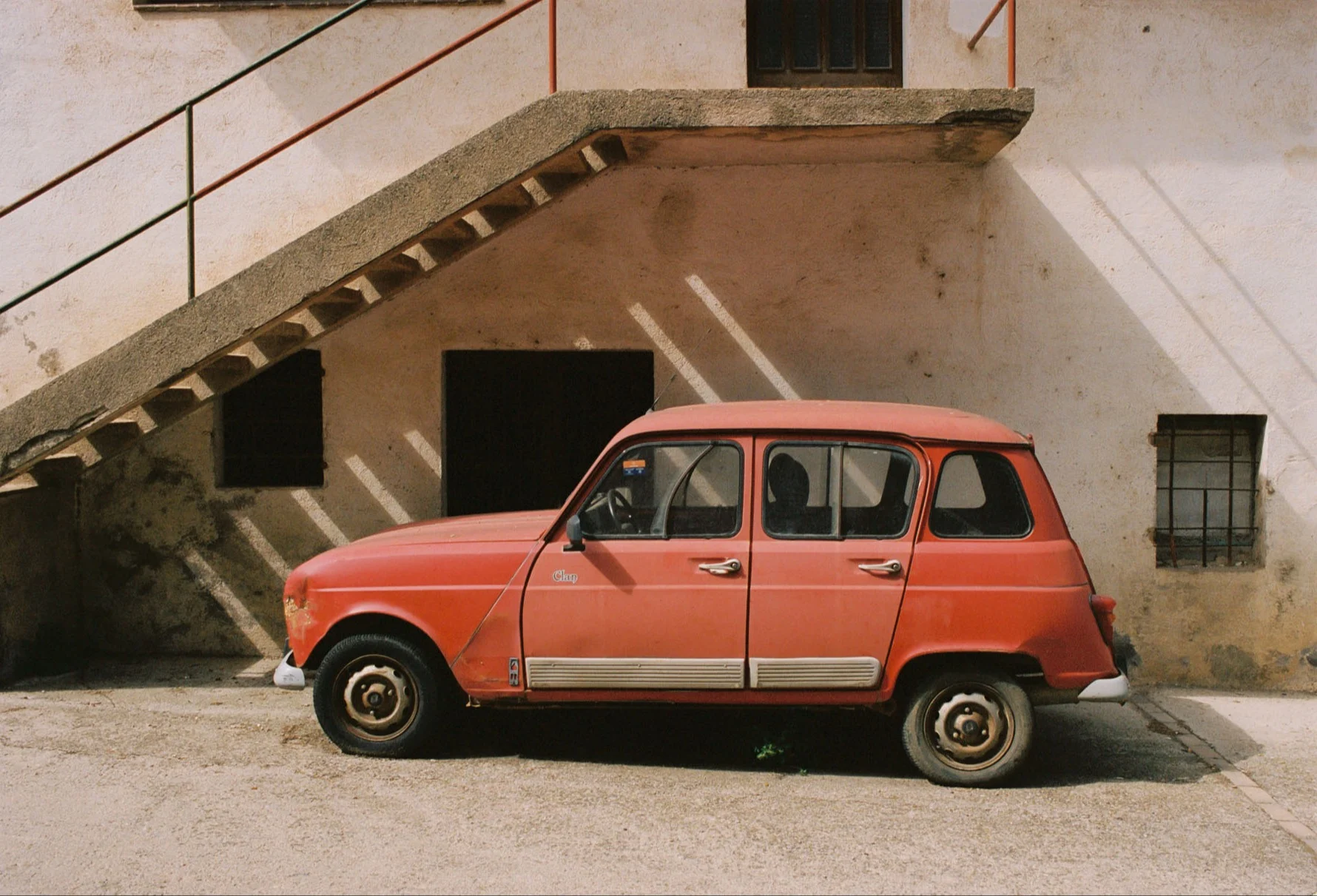
Creating a project for review was a key requirement for the course, and Manssur took the chance to focus, to “give form to the things I was interested in.” He started leaving the city in search of inspiration, taking the media distancia trains that ferry travelers and commuters through the suburbs and little-known satellite towns that dot the vast spaces between Spain’s major cities.
These ‘mid-distance’ trains would ultimately give their name to Manssur’s project “Media Distancia”, made over three months in three towns that lie along the Barcelona to Girona line: Mollet del Vallès, La Llagosta and Flaçá. Manssur had almost immediately seen the sort of situations he wanted to photograph in these towns, if only fleetingly as the trains passed through.
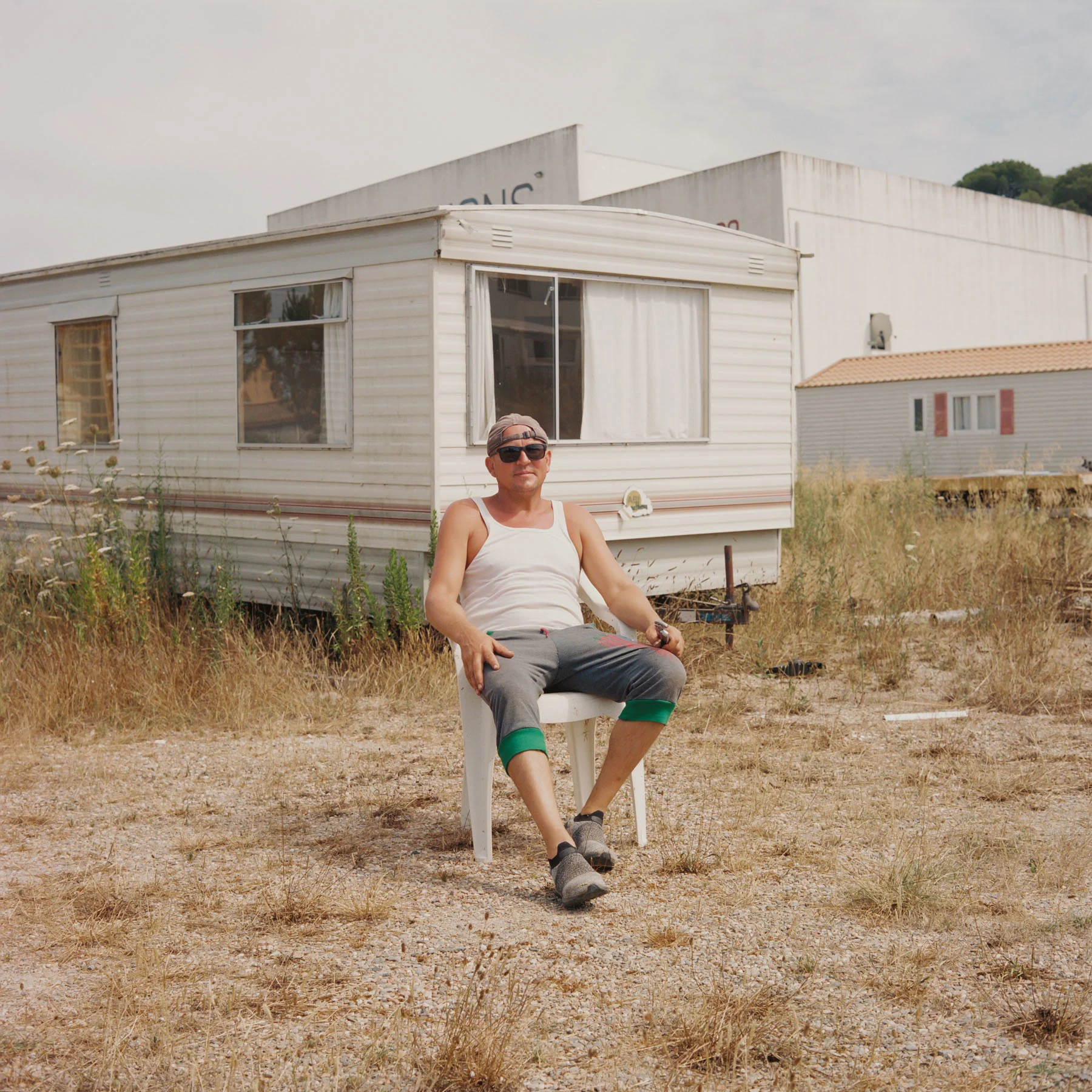
The main goal is to see these places and these people in a different way; to see beauty in places where others don’t.
On looking up the places he’d glimpsed he found that they—much like his hometown—were almost photographically nonexistent, beyond a few bland images of the main plazas or churches. “I wanted to create a photographic guide to these small places that have no visual memory or representation. People see these places from the window, but they don’t really see them, they don't know them.”
Manssur wanted to explore the “concept of the non-place, towns or cities that seem to exist only as satellites to others, to show that these places, which most of the time don’t matter, which almost don’t exist, can be places of interest too...” This was far from a novel motivation for Manssur, who felt similarly motivated by his photos of his hometown. As well as wanting to fill a void in the photographic lexicon, he wanted to challenge preconceptions. “People complain about Guayaquil. They say it’s ugly, unphotographable, dangerous…I wanted to give value to it. You only have to pay attention to see it.”
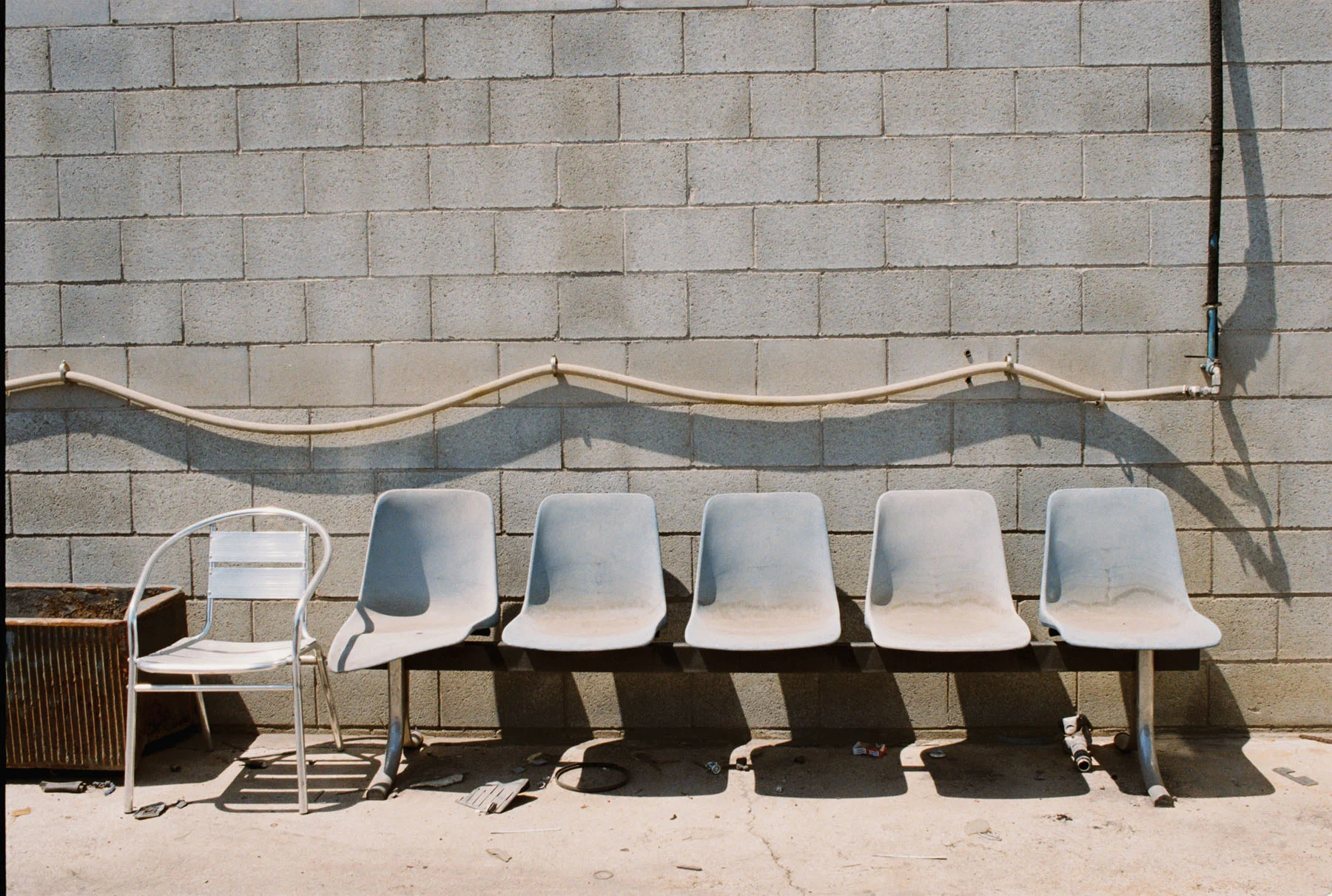
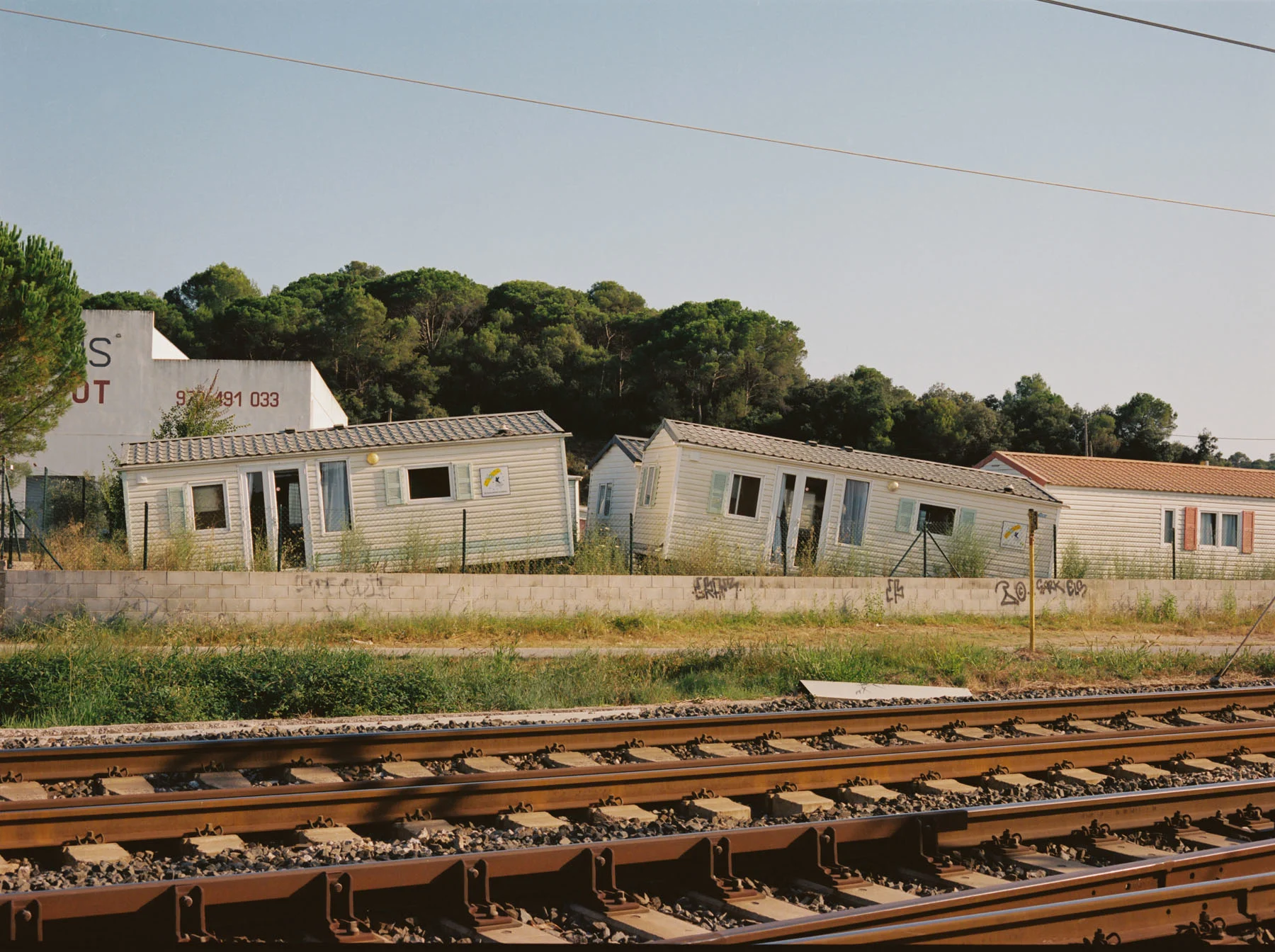
He cast that same attentive eye over the three Spanish towns. Toying with the ubiquity of these ‘non-places’ Manssur always shot between noon and 4PM, only ever using Kodak Portra 400. The result is a series where not only prefab buildings, chain stores and car parks blur together, but where the images have a universal tone, where time seems to have stopped. A regimented row of sun-blasted chairs contrast with haphazardly arranged mobile homes, yet both exist on this one, wince-inducingly bright plane. “These places are uniform, they are consistent, with repeated features,” he says, “but also they have these identities that I wanted to show.”


Unsurprisingly it is the people (both passersby and those posing for portraits in Manssur’s series) that, at times joltingly, remind a viewer these non-places are inhabited. Whether it’s a smiling player on a scorched football pitch or men playing cards, these injections of life remind a viewer these three towns are homes and communities. As a self-described introvert Manssur found portraits to be the most challenging aspect of his work, but these injections of humanity into the sun-bleached liminal zones are crucial: “The main interest for me is seeing these places and the people in a different way. That’s my main goal, seeing beauty in places where others don’t.”
Beauty is a word that Manssur uses often in speaking about communities overlooked by the masses, whether in Spain, Ecuador or elsewhere. He cites Joel Sternfeld’s work, particularly his books “American Prospects” and “Strangers Passing” as crucial inspirations. Sternfeld’s photos of America’s less postcard-friendly places and their inhabitants often manage to blend grim honesty with affection and beauty. “Normal people. Just everyday people. That’s what I wanted to capture too…Showing places or things in a way that people haven’t seen? That is exciting to me.”
